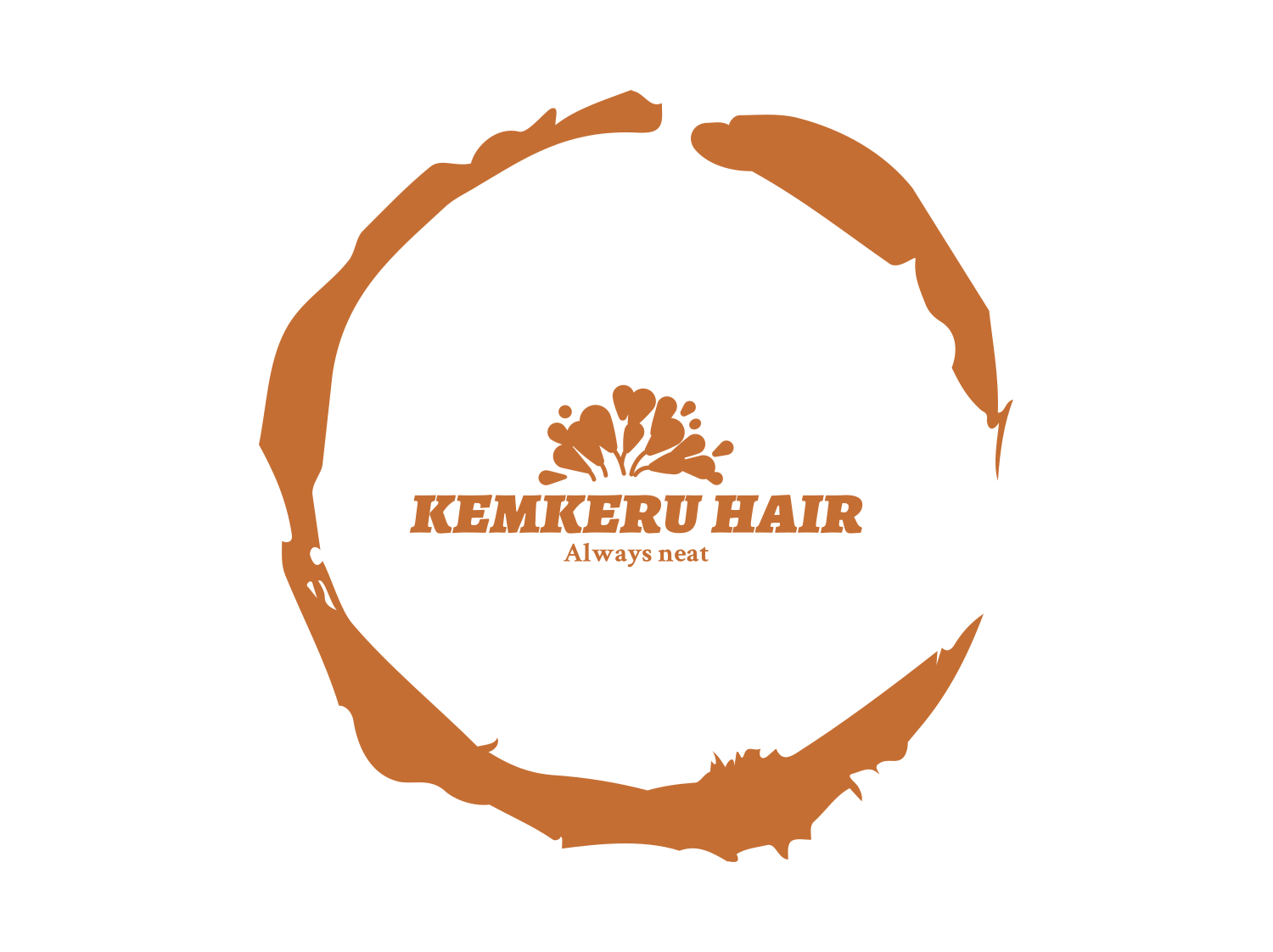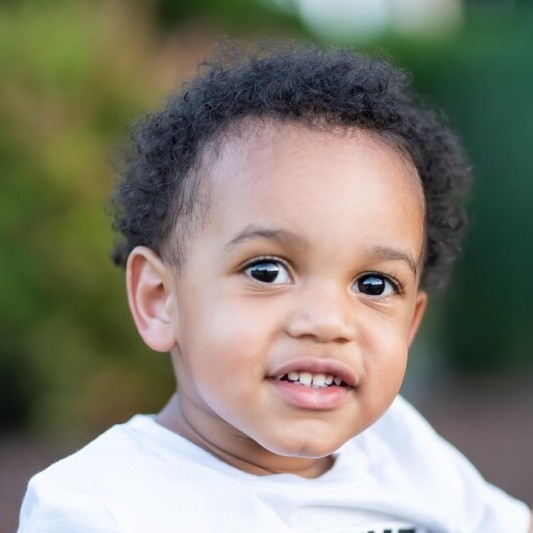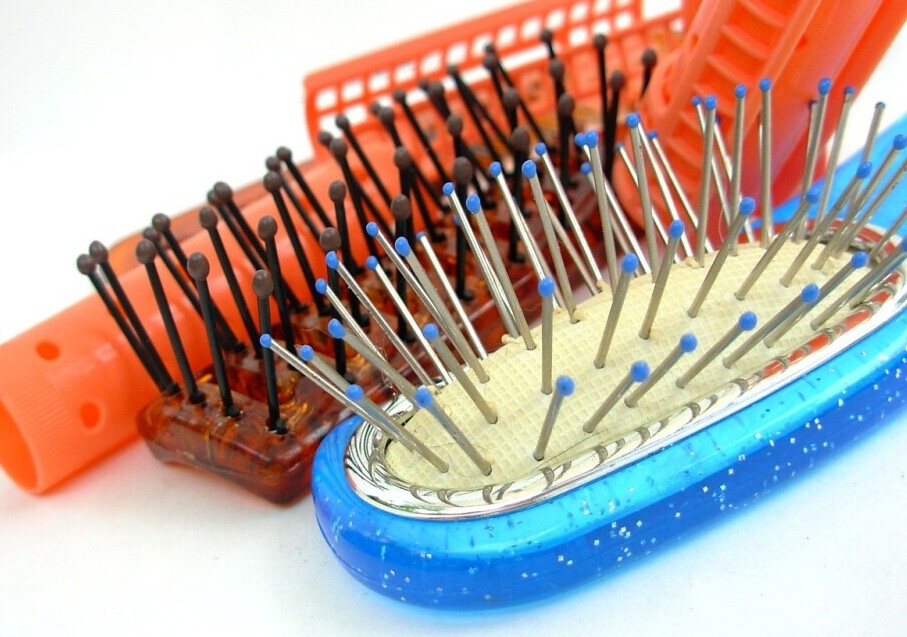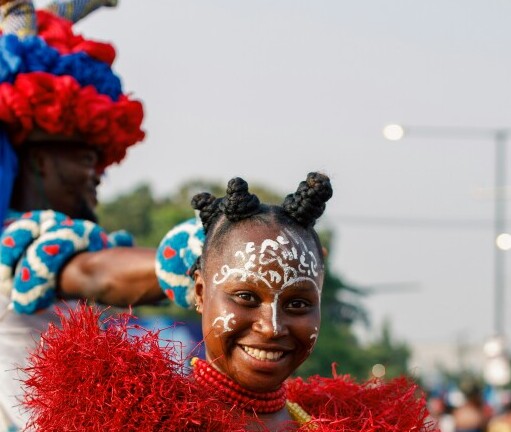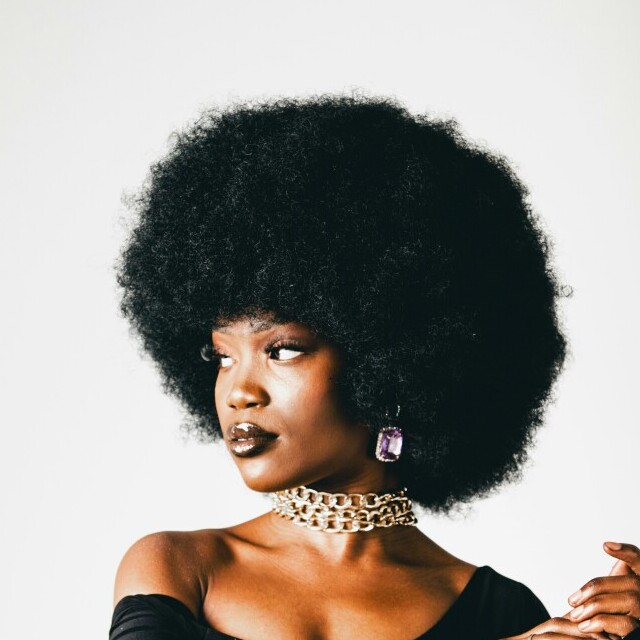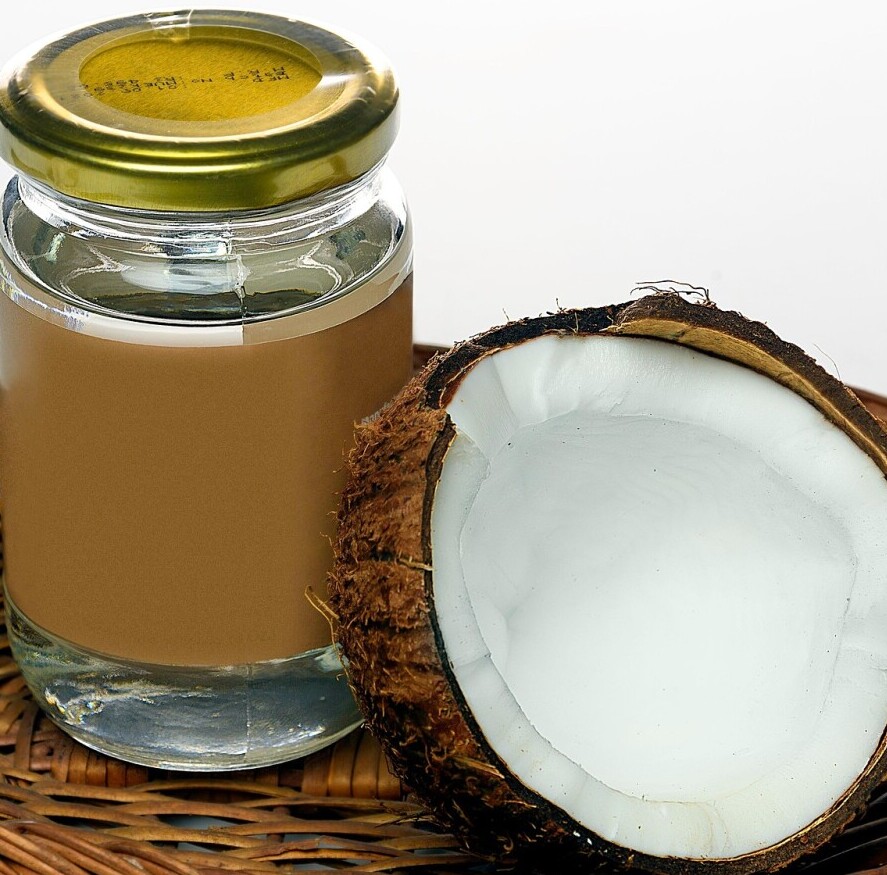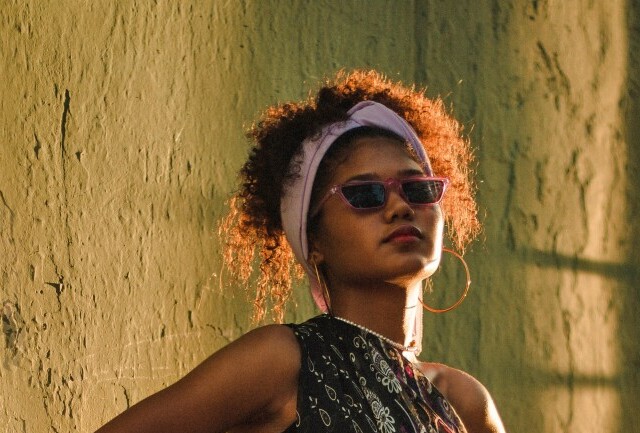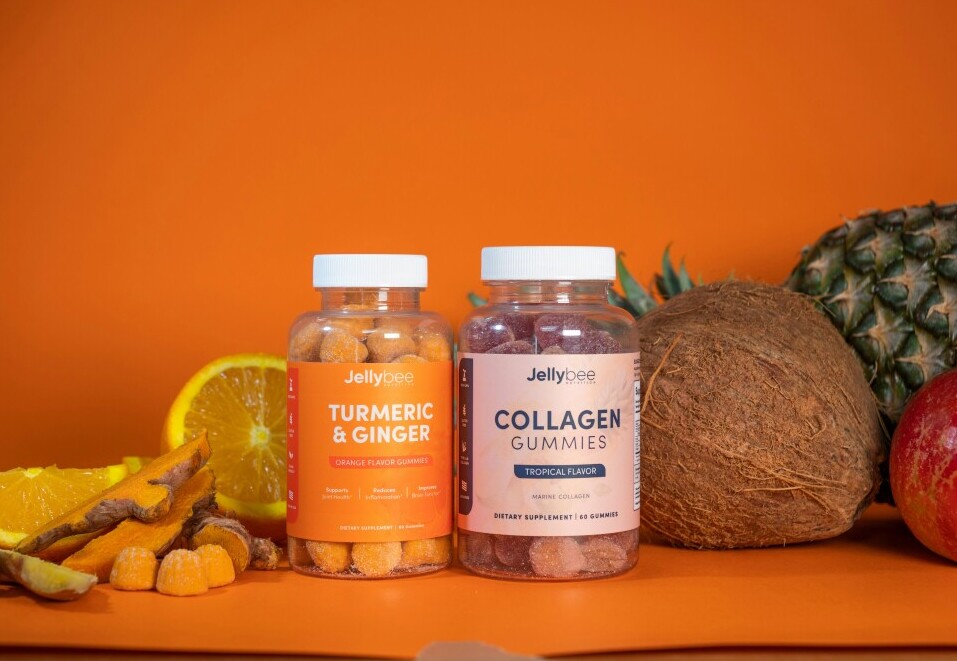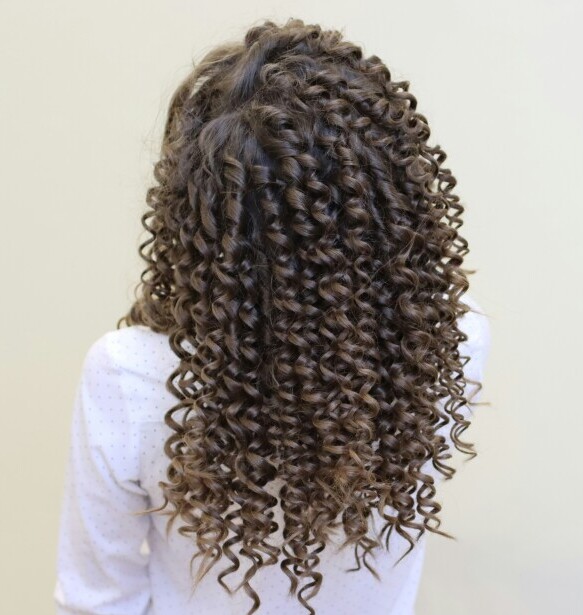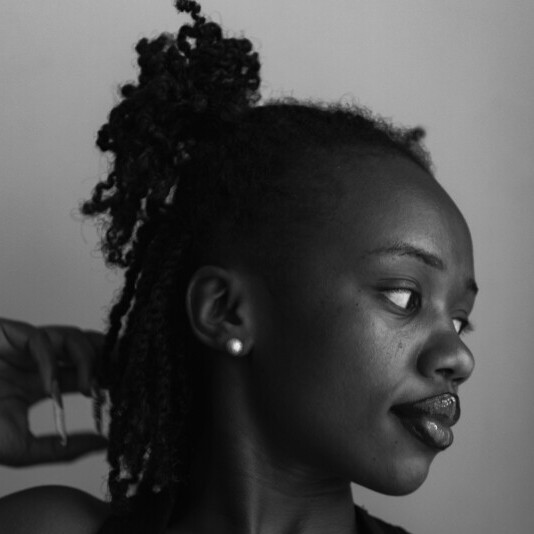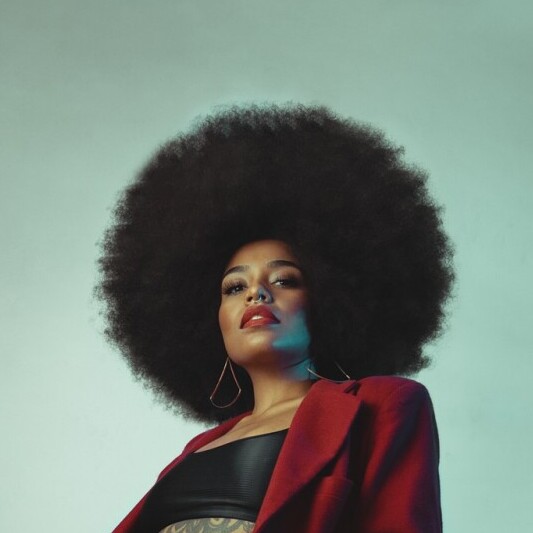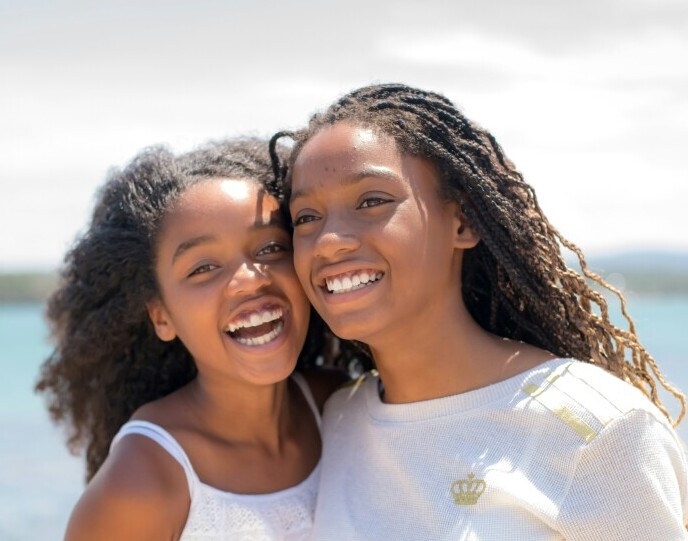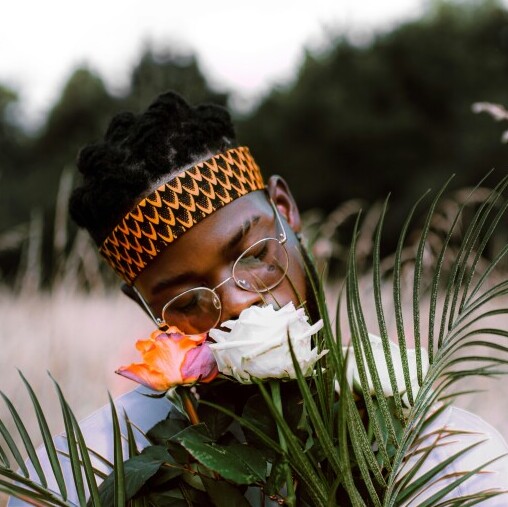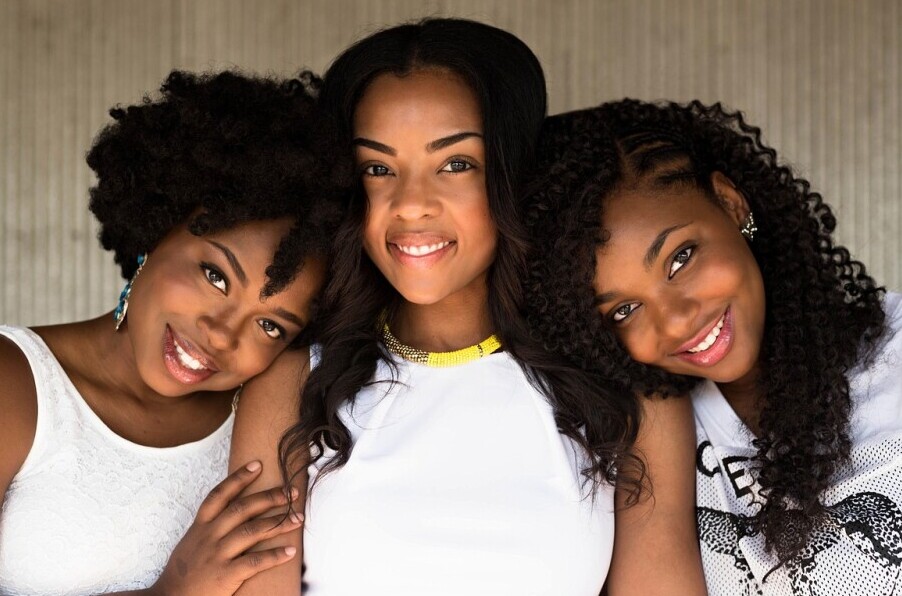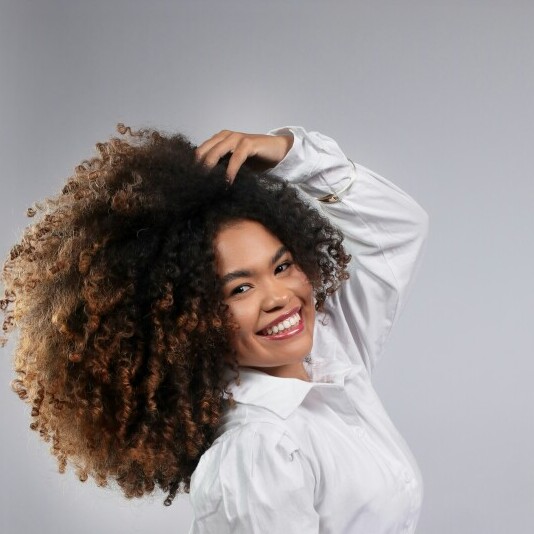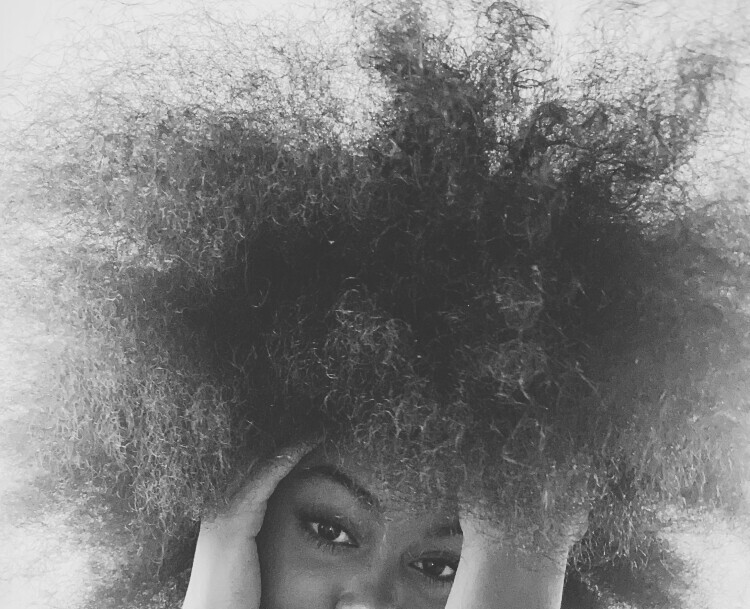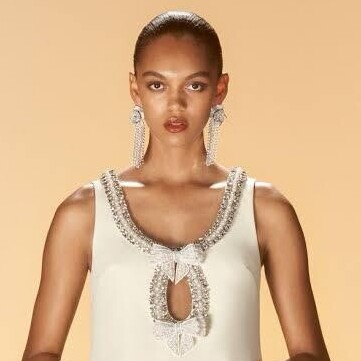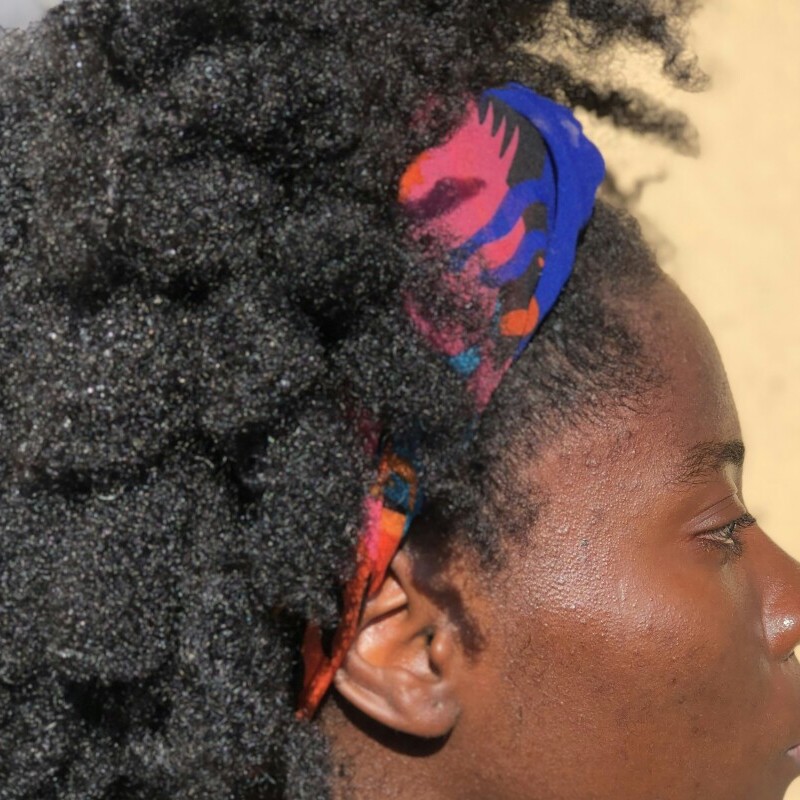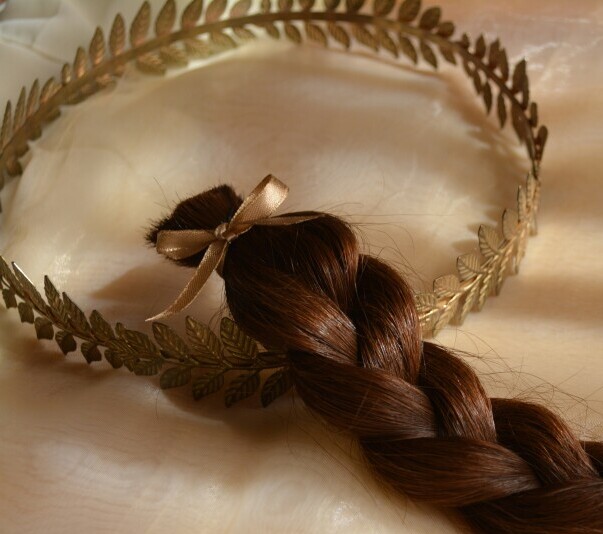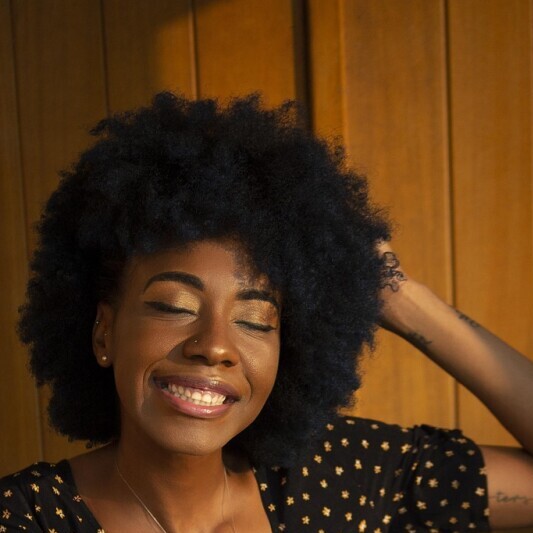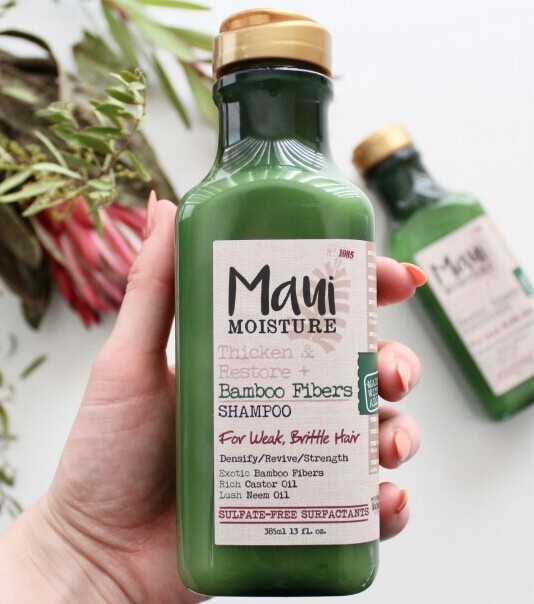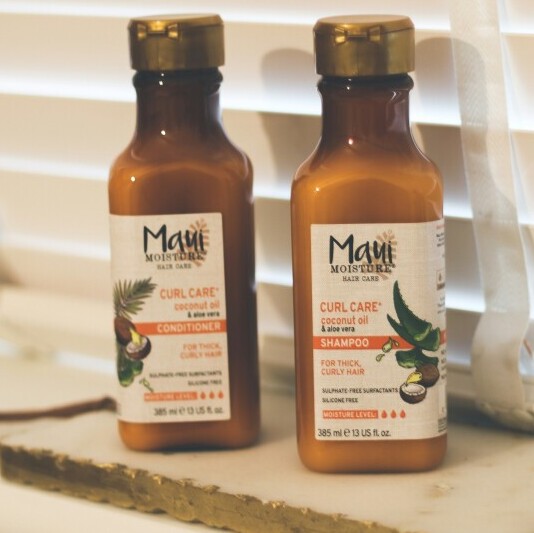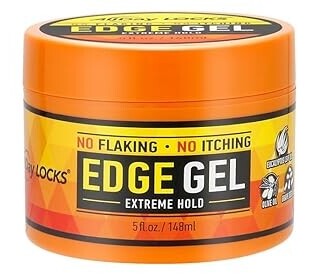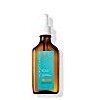Ever step outside on a crisp Nairobi morning, hair on fleek, only to find it transformed into a frizzy mess by the time you hit the office? You’re not alone. Rain and humidity can be a real enemy for natural hair, especially the 4C type, and understanding why is the first step to managing it.

Humidity is the main culprit here. When the moisture in the air increases, the outer layer of the hair, the cuticle, starts to lift. This lets the moisture penetrate the hair shaft, causing it to swell and creating that dreaded frizzy look. For 4C hair, which is already prone to dryness, the effect can be even more dramatic. The natural twists and coils tend to shrink more, making it look shorter and more unruly.
Kenya’s tropical rains only add to this drama. Unlike a dry climate where hair can remain relatively stable, the long rainy seasons here up the moisture levels, making hair management a daily adventure. The weight of the water from rain can press hair strands down unevenly, messing with any style efforts you made before stepping out. Unless of course your hair loves moisture then it may not be so bad.
Here’s the twist: knowing how the rain affects your hair is liberating. It opens up a world of strategies and products specifically designed to combat the moisture invasion, so you can step out with confidence, rain or shine.
Preparing Your Hair for Rainy Days
Rainy seasons in Nairobi pack a punch, but with the right prep, your 4C hair can thrive. Before those clouds burst, a little preparation goes a long way. Start with a deep conditioning session. This keeps your hair well-moisturized, helping resist the moisture in the air that tries to mess with your style.

When it comes to products, not all are created equal. Look for those that seal in moisture and offer light hold without feeling greasy. Leave-in conditioners and hair oils like argan or coconut oil should be your go-to. A regular routine with these works wonders in maintaining definition and reducing unwanted frizz.
Protective styles are your best friends during the rainy months. Think twists, braids, or buns that provide some defense against the elements while still looking fab. These styles also keep manipulation minimal, reducing breakage risks, especially when hair is more fragile under wet conditions.
Don’t underestimate the power of sourcing the right hair essentials locally. Nairobi’s market is brimming with natural hair-friendly products. Grab your favorites from Carrefour or Naivas to ensure your arsenal is stocked. With the right tools and techniques, you’re setting your hair up for a winning battle against Kenya’s rain.
Navigating Humid Climates with the Right Products
When navigating Nairobi’s unpredictable humidity, the right products can make all the difference. Moisturizers that lock in hydration without weighing hair down are key. Look for ingredients like avocado oil or shea butter; they form a lightweight barrier against moisture in the air, keeping frizz at bay.
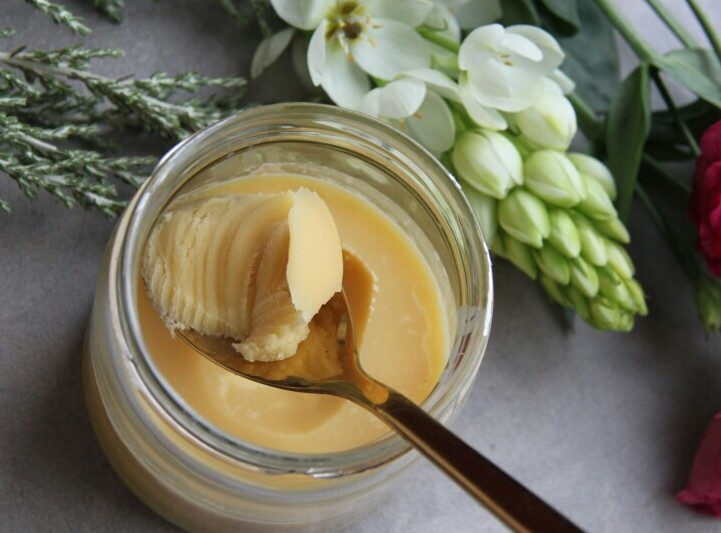
Anti-humidity styling creams and gels should have a permanent spot in your haircare lineup. These products not only add definition to curls and coils but also protect against shrinkage and frizz. They’re perfect for maintaining style integrity when the weather has different plans.
Local beauty stores like Carrefour and Naivas stock a variety of these curly hair favorites. Finding products specifically tailored for natural hair textures ensures your hair stays flawless, rain or shine. If you’re feeling crafty, mixing up a DIY hair mask with local ingredients can be fun and effective. You can whip up something delightful using a base of coconut oil mixed with some aloe vera gel right from your balcony plant.
These tried-and-true local solutions are about more than just convenience; they address specific needs in our tropical climate. Investing in good quality products makes rainy season hair care a breeze. With a little trial and error, discovering what works best for your hair could be your next rainy day project!
Quick Fixes for Unexpected Downpours
Picture this: You’re strolling through Nairobi on a lovely, slightly cloudy day when the rain hits out of nowhere. You’re caught sans umbrella, and your carefully styled 4C hair begins to rebel. Don’t panic! A few tricks can help rescue your hair until you’re safely indoors.
Having a small emergency kit in your bag can be a lifesaver. Pack a few bobby pins, a headband, and a small bottle of leave-in conditioner or curl refresher spray. These items can help transform a looming hair disaster into a chic bun or a neat ponytail. A headband can also work wonders, pushing back any unruly strands.
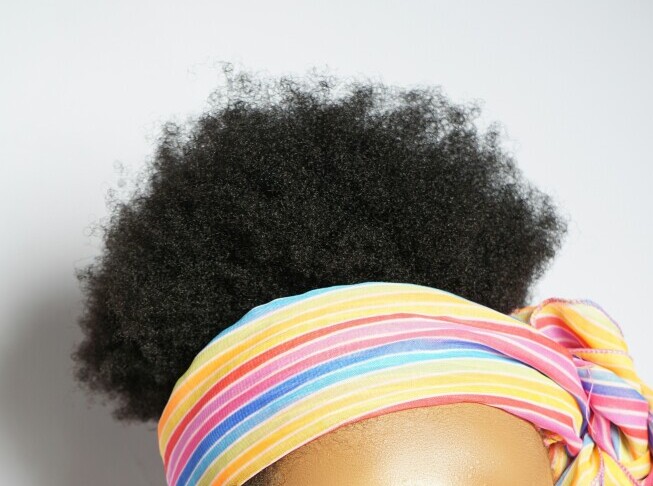
Once you’re dry, a quick pat down with a microfiber towel or an old T-shirt can absorb extra moisture without causing frizz. Then, spritz on some curl refresher spray to get those curls popping again.
Utilizing the office or school bathroom’s basic amenities is another option. A quick dash to the bathroom for a touch-up using a dab of hand lotion can smooth frizz in a pinch. Scrunching your hair with slightly damp hands can redefine curls and add some bounce back.
Armed with these quick fixes, unexpected showers won’t catch you off guard. A little creativity and the right items on hand can keep your hair looking fresh, no matter what Nairobi weather throws your way.
Optimal Protective Styles for Rainy Seasons
Nairobi’s unpredictable weather needs hairstyles that can roll with the punches and still look amazing. With the right protective styles, you don’t have to worry about rain-induced frizz attacks. Think about styles that offer protection but also add a touch of flair.
Low-manipulation styles like box braids, twists, and flat twists are perfect for keeping hair healthy while ensuring it stays neat, even in the wettest weather. They minimize tangling and are easy to maintain through the endless rains.
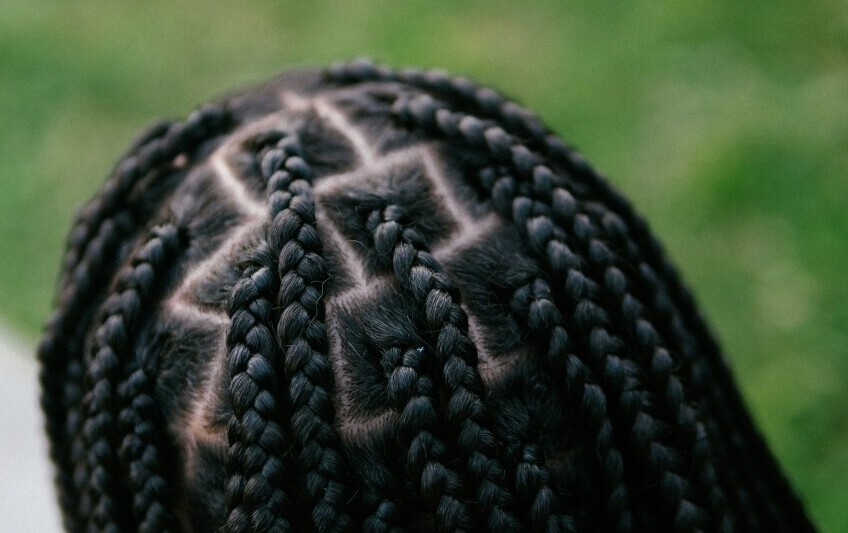
If you’ve got a little more time, try crocheting some box braids or faux locs. They’re versatile, trendy, and can withstand an unexpected shower without losing shape. These styles give you the chance to take a break from daily styling battles, offering the dual benefits of style and freedom.
Simple updos and chic buns are lifesavers for professionals dashing from meetings to events. They’re quick to style in the morning and can easily be dressed up with elegant hair accessories if you’ve got something special planned.
For students or those who prefer a laid-back look, turbans and head wraps aren’t just fashionable; they’re functional for protecting your hair from moisture in a pinch. Experiment with colors and patterns to match your wardrobe while keeping your hair tucked away from the damp weather.
Embracing these protective styles can be a game-changer in your hair routine. When you seal your hair against Nairobi’s rainy mood swings, you’ll find a new confidence in your daily styling.
